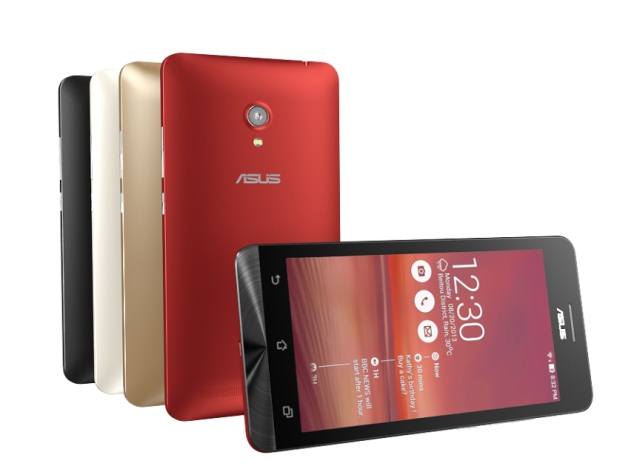MOTO G VS ASUS ZENFONE 5 : A Close Fight
Body
Taiwan-based company ASUS has entered the Indian smartphone market by announcing new ZenFone smartphone series which comprised of three models, the ZenFone 4, ZenFone 5 and ZenFone 6, which were unveiled at CES this year. Asus has priced its ZenFone series reasonably, and both the ZenFone 4 and ZenFone 5 are priced under Rs. 10,000.
The company has created a buzz in the market with its low prices, giving tough competiton to recently launched MOTO G. The below-Rs. 10,000 price range bracket was earlier dominated by popular Indian vendors such as Micromax, Karbonn and Lava but global brands such as Samsung and Motorola are also making great effort to enter the entry-level segment too.
Its peer competitors are recently launched Micromax Unite 2, Lava Iris X1 and Moto E and Moto G. All of them even run KitKat, the most recent version of Android.

Internals and Processor:
Asus Zenfone 5 runs on Android 4.3 Jelly bean OS and not KitKat Operating system. It is powered by Intel Atom 1.6 GHz dual-core processor along with 2 GB RAM to run apps and games smoothly. For graphics, Asus phone has PowerVR SGX544MP2 GPU thus offering fast, smooth gaming experience and amazing multitasking experience. Asus Zenfone 5 also supports integrated LTE support which is not available in any other phone as of now. Wheras Moto G runs on Android 4.3 Jelly Bean, upgradable to Android 4.4.2 KitKat. It is powered by a 1.2GHz quad-core Qualcomm Snapdragon 400 processor, along with 1GB of RAM and Adreno 305 graphics.
Display and Storage:
Asus ZenFone 5 comes with a 5-inch, 720x1280 pixel resolution IPS display, having resolution of 293 pixels per inch. ZenFone 5 has an 8-GB internal inbuilt memory to store files (out of which 3 GB is blocked for system files), hence the users end up getting approximately 4.8 GB for storing personal files, apps, images, movies, and games. There is an option to expand the memory further by up to 64GB using MicroSD card . Whereas Motorola Moto G features a 4.5-inch display offering HD resolution (720 x 1280 pixels). The Moto G offers 8GB of internal storage, but unfortunately there isn't a microSD card to expand memory further.
Camera:
Asus ZenFone 5 has 8MP rear camera with flash and 2MP front camera which is highlight of this phone. The camera quality is excellent and gives clear and crispier images even in low light. There is also a selfie mode in the smartphone, which enables the user to click selfies using the rear camera. The facial recognition feature will match the number of people the user wants to click and thus gives burst of three pictures automatically to capture the best moment. Whereas Motorola Moto G comes with a 5MP rear camera with LED flash, and also sports a 1.3MP front camera. The camera also offer features like face detection, touch to focus, geo-tagging, HDR and panorama.
Battery:
Asus ZenFone 5 comes with 2,110mAh battery , which is great and can last for almost a full day with medium usage. Also there is a power-saver app which makes it more energy efficient. Motorola Moto G features a non-removable 2070 Li-Ion battery which can provide talk time of approximately 9-10 hours on medium usage.
Final Verdict:
Asus ZenFone 5 is a complete value for money smartphone and if you are not brand conscious, then you can definitely go for it. The smartphone looks good (has candy bar shape), has a decent build and a nice display. The camera of Asus ZenFone 5 is its high point and has powerful battery which easily lasts a day. It is is priced at an amazingly low Rs. 9,999 (8GB variant) and at Rs 12,999 (for 16GB variant ), which does not make sense to spend Rs. 3000 extra for 8 GB. I would prefer to get a microSD with larger capacity. At this price point, the Asus ZenFone 5 will give Moto G a complete run for its money. The other smartphones that it competes head on with are Lava Iris X1 and Nokia Lumia 630.
